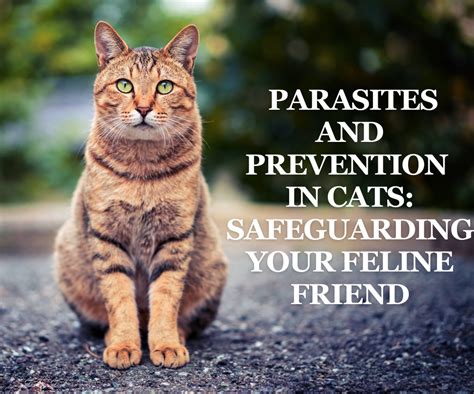Introduction
As the senior population continues to grow, it becomes increasingly important to ensure that our feline companions are prepared for emergencies. In the United States alone, over 56 million Americans are expected to be 65 or older by 2025. Many of these seniors will be living alone, making it imperative that they have a plan in place to care for their pets in the event of an emergency.

Why Emergency Preparedness is Crucial for Seniors with Cats
Cats are vulnerable to a variety of emergencies, including natural disasters, fires, and power outages. In the event of an emergency, it is essential that seniors have a plan in place to keep their cats safe and comfortable. This plan should include:
- A safe place to shelter your cat
- Food and water for your cat
- A first-aid kit for your cat
- A plan for transportation
- A list of emergency contacts
Step-by-Step Guide to Cat Emergency Preparedness for Seniors
1. Establish a Safe Haven:
Identify a safe room in your home where your cat can shelter during an emergency. This room should be:
- Away from windows and doors
- Well-ventilated
- Easy to access
Create a “safe zone” within the room by placing your cat’s carrier, food and water bowls, and litter box in the same location.
2. Stockpile Essential Supplies:
Food and Water: Store a minimum of three days’ worth of food and water for your cat in an airtight container. Consider purchasing non-perishable food items, such as canned or kibble.
First-Aid Kit: Assemble a basic first-aid kit for your cat, including:
- Antiseptic wipes
- Gauze pads
- Scissors
- Tweezers
- Liquid bandage
- A current photo of your cat in case of identification
3. Prepare for Transportation:
In the event of an evacuation, you will need to be able to transport your cat safely. Have a sturdy cat carrier on hand and practice getting your cat into and out of the carrier.
4. Establish an Emergency Plan:
Develop an emergency plan that includes:
- A list of emergency contacts: Include the names and numbers of your veterinarian, animal shelter, and a trusted neighbor or friend who can help with your cat in an emergency.
- A plan for transportation: Determine how you will evacuate with your cat if necessary, including the method of transportation and the route you will take.
- A plan for your cat’s care: If you are unable to care for your cat during an emergency, have a plan in place for someone else to do so, such as a friend, family member, or pet sitter.
5. Practice Your Plan:
Once you have developed an emergency plan, practice it with your cat to ensure that both of you are comfortable. This will help to reduce stress and anxiety during an actual emergency.
Additional Tips for Cat Emergency Preparedness for Seniors
In addition to the steps outlined above, here are some additional tips for cat emergency preparedness for seniors:
- Keep your cat’s medical records up-to-date. This includes vaccination records, microchip information, and any medical conditions that your cat has. Keep a copy of these records in a safe place and include them in your emergency kit.
- Consider pet insurance. Pet insurance can help to cover the costs of veterinary care in the event of an emergency.
- Inform your neighbors about your cat. If you are unable to evacuate with your cat, your neighbors may be able to help with its care.
- Get involved in your community. Volunteer or participate in community organizations that provide pet-friendly emergency services.
Conclusion
By following these steps, you can create a comprehensive emergency plan that will keep your cat safe and comfortable in the event of an emergency. Remember, it is never too early to prepare. Take the time to put an emergency plan in place today so that you and your beloved feline are prepared for anything.
Frequently Asked Questions
1. What is the most important thing to do in the event of an emergency with my cat?
Keep your cat calm and safe by securing them in a carrier and keeping them away from windows and doors.
2. What are some signs that my cat may be in distress during an emergency?
Vomiting, diarrhea, lethargy, and excessive panting are all possible signs of distress.
3. What is the best way to transport my cat in an emergency?
Use a sturdy cat carrier and secure the door with zip ties or bungee cords. Place a towel or blanket in the carrier for comfort.
4. What should I do if I am unable to care for my cat during an emergency?
Contact your emergency contacts, such as a friend, family member, or pet sitter, and ask them to help with your cat’s care.





















